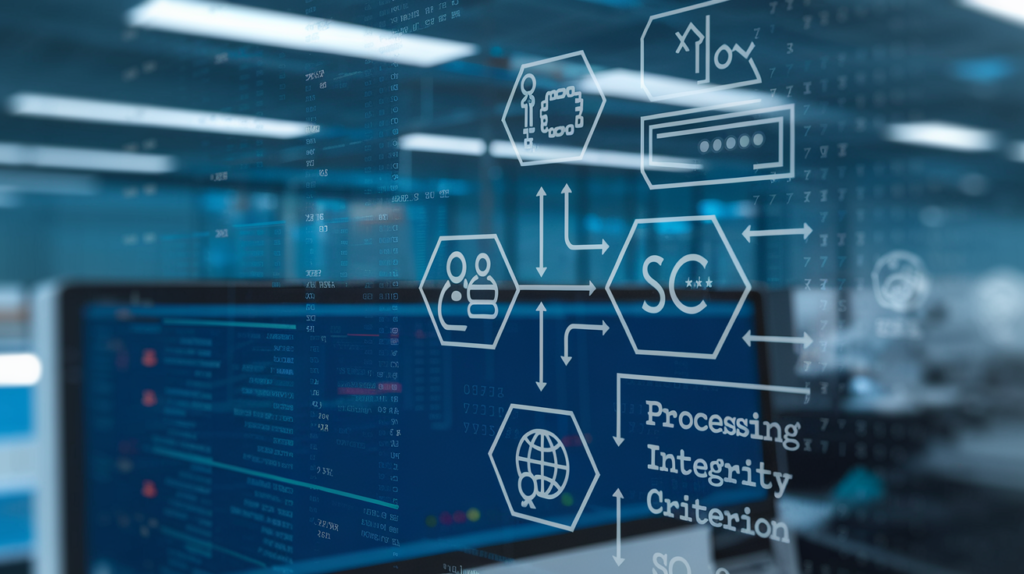The implementation of Shopify Scripts
Shopify Scripts: the app that boosts ecommerce performance
There are many ways to improve e-commerce business. Some of them require a lot of work. Others… not so much. Shopify Scripts fits the latter almost perfectly. Do you want to know how this online shopping software benefits merchants? Let’s take a closer look, then.

Shopify Scripts in practice
Basically speaking, it is an e-commerce script editor app. It allows digital merchants to create custom features and automate their online businesses. That means more control over the way an internet store is functioning. A certified Shopify Agency usually helps with customization, but entrepreneurs have an opportunity to program some of the features by themselves.
That refers to payment scripts, for example. Discounts for specific groups of customers can be applied during ordering, with additional payment gateways available at the checkout stage. The Shopify script editor offers online shop managers the ability to control settings of such nature. They can set a cart value that automatically enables clients to receive a discount. Later, people from certain regions may see extra payment methods to choose from, whereas other clients will have just the basic gateways available.
These Shopify script examples show what kind of control a merchant gets. Add automated display of shipping methods, free gift customization, different cart functionality… The e-commerce management process becomes much more interesting, don’t you agree? It is also quite easy due to a practical interface. You don’t have to be a coder. But this benefit is available only to Shopify Plus platform users.
The way to improve customer experience in e-commerce
The benefits of Shopify Scripts extend beyond online shop management. The implementation of different shipping and payment options influences the consumer experience as well. Shopify Scripts turn every store into a more flexible trade center. That ability allows it to be more appealing in comparison to the competition, which prefers to keep things stiff.
By manipulating the script code, online merchants provide their customers with extra functionality. They might not even notice it, but they will enjoy it nonetheless. That’s because personalized experiences matter these days. Modern consumers like to feel that an e-commerce app, for example, understands their preferences seamlessly, without too much clicking. Customizable payment or shipping scripts have that power. In other words, Shopify Scripts can make people like your store a bit more than they already do.
